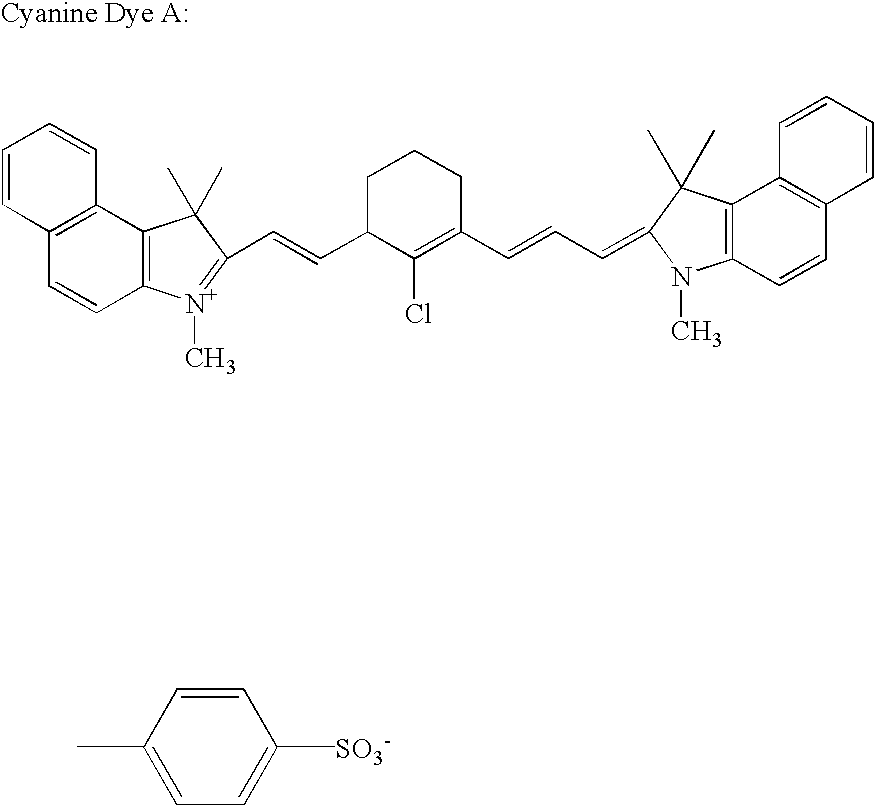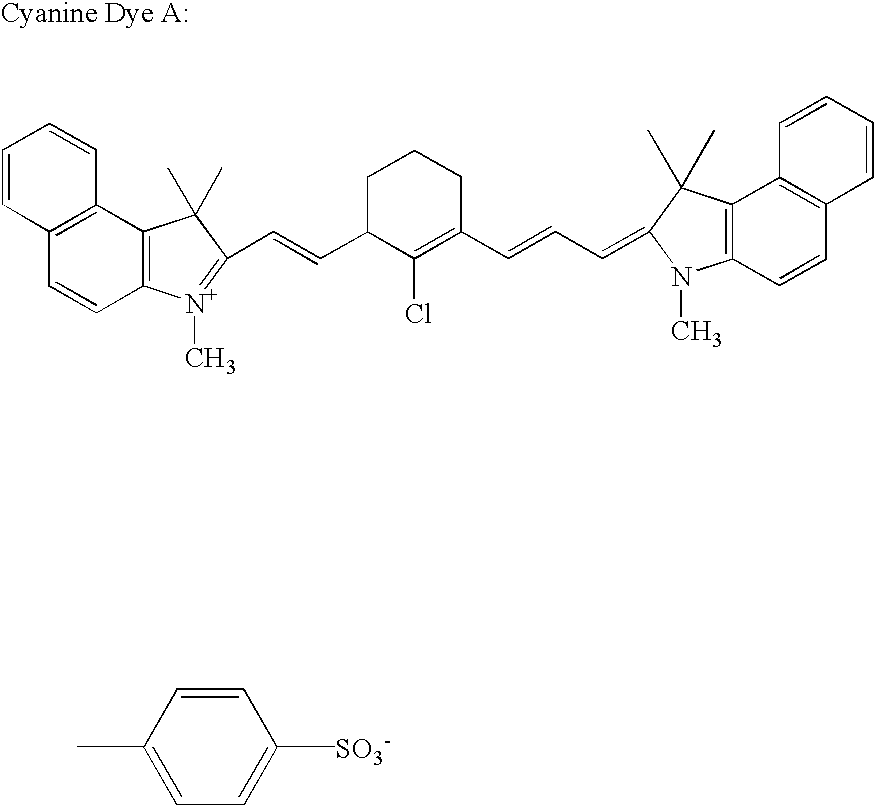Lithographic printing plate support and production method thereof
- Summary
- Abstract
- Description
- Claims
- Application Information
AI Technical Summary
Benefits of technology
Problems solved by technology
Method used
Image
Examples
example 2
[0494] 1. Preparation of Coating Solution for Porous Layer
[0495] Coating Solutions C-1 to C-8 each having the composition shown in Table 3 were prepared by the following method.
[0496] That is, 0.1 g of citric acid as the dispersant was charged in an appropriate amount of water and after stirring for a while, the metal oxide shown in Table 3 was added according to the Amount Used (g) shown in Table 3. The metal oxide was then uniformly dispersed for about 10 minutes by using an ultrasonic dispersing apparatus (Ultrasonic Homogenizer, VC-130, manufactured by SONICS) and a homogenizer (Auto Cell Master CM-200, manufactured by AS ONE Corporation).
[0497] Thereafter, the phosphoric acid-base compound and reaction accelerator shown in Table 3 were added each according to the Amount Used shown in Table 3 and water was further charged thereinto to adjust the weight of the entire coating solution to 100 g, thereby obtaining Coating Solutions C-1 to C-8.
[0498] For the metal oxide shown in Tabl...
examples 2-1 to 2-3 and 2-6 to 2-12
OF THE INVENTION
[0539] Using a combination of a substrate and a coating solution shown in Table 4, the coating solution was coated on the substrate by a commercially available wire bar to have a dry porous layer thickness shown in Table 4 and dried at a drying temperature shown in Tale 4 to form a porous layer.
[0540] The thickness of the porous layer was adjusted by selecting the wire size of giving a desired layer thickness from commercially available wire bars varied in the wire size from #1.6 (coated amount: about 3 ml / m.sup.2) to #28 (coated amount: about 53 ml / m.sup.2).
[0541] The drying time was set to 120 seconds irrespective of the thickness of the porous layer.
[0542] On the porous layer formed above, a coating solution for the pore-sealing layer having the following composition was coated by a commercially available wire bar to have a dry layer thickness shown in Table 4 and dried (at a temperature of 120.degree. C. for 2 minutes) to form a pore-sealing layer, thereby obtain...
example 2-4
OF THE INVENTION
[0544] A porous layer was formed in the same manner as in Example 2-1 of the invention. However, in the drying, the coating solution was dried at a drying temperature of 180.degree. C. for 30 seconds to solidify the surface of the porous layer.
[0545] A mechanical surface-roughening treatment (by brush graining method) was applied to the porous layer under the same method and conditions as in Aluminum Substrate AL-2 to roughen the surface of the porous layer.
[0546] Thereafter, in order to solidify the inside of the porous layer, drying was performed at a drying temperature of 180.degree. C. for 90 seconds and thereby the formation of the porous layer was completed.
[0547] On the porous layer formed, a pore-sealing layer was formed in the same manner as in Example 2-1 of the invention to obtain the lithographic printing plate support of Example 2-4 of the invention.
PUM
 Login to View More
Login to View More Abstract
Description
Claims
Application Information
 Login to View More
Login to View More - R&D
- Intellectual Property
- Life Sciences
- Materials
- Tech Scout
- Unparalleled Data Quality
- Higher Quality Content
- 60% Fewer Hallucinations
Browse by: Latest US Patents, China's latest patents, Technical Efficacy Thesaurus, Application Domain, Technology Topic, Popular Technical Reports.
© 2025 PatSnap. All rights reserved.Legal|Privacy policy|Modern Slavery Act Transparency Statement|Sitemap|About US| Contact US: help@patsnap.com



